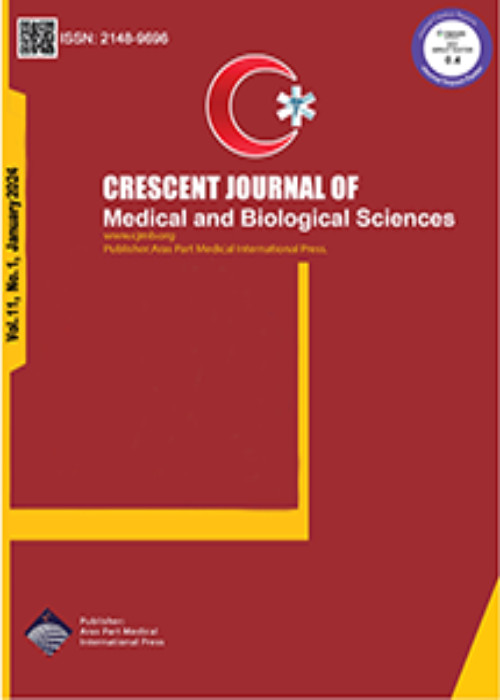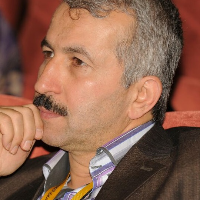Changes of Knee Proprioception in Athletes With an Isolated Unilateral Complete Anterior Cruciate Ligament Rupture in a Six-Month Follow-up
Diminished proprioception after an anterior cruciate ligament (ACL) rupture causes disabilities following injury. The aim of this study was to investigate the trend of this change during six months following an isolated unilateral complete ACL rupture.
In this cohort study, a total of 58 male and female athletes, aged 20-40 years, were surveyed in equal groups with 29 subjects. The healthy (first) and ACLD (second) groups included athletes with isolated unilateral complete ACL ruptures (the ACL-deficient knee group). Knee proprioception was investigated in both groups in three stages, namely, at the beginning of the study (two months after the injury in the ACL-D group) and the intervals of two and four months after the first assessment. The active reproduction of passive positioning (ARPP) method was used in this study. The selected angles were 45° and 60° of knee flexion, and an isokinetic device was the measuring instrument. Three reproduction angular errors were compared between three measurements in each test, including constant error (CE), absolute error (AE), and variable error (VE).
The results showed that AE and VE, unlike CE, significantly changed within both groups. AE (P ≤ 0.002, P ≤ 0.001 for 45° and 60°, respectively) and VE (P ≤ 0.043 for 45°), as well as AE (P ≤ 0.002, P ≤ 0.001 for 45°and 60°, respectively) and VE (P ≤ 0.005, P ≤ 0.016 for 45° and 60°, respectively) were significant in the healthy and ACL-D groups, respectively. In addition, a significant difference was observed between healthy and ACL-D groups regarding knee proprioception. At 45°, CE, AE, and VE were significant in the first (P ≤ 0.024), the third (P ≤ 0.014), and all three (P ≤ 0.001, P ≤ 0.027, & P ≤ 0.001) tests, respectively. Finally, AE, VE, and CE were found to be significant in the second (P ≤ 0.001), second (P ≤ 0.004), and third (P ≤ 0.026) tests, at 60°, respectively.
In general, ACL rupture reduced knee proprioception after the injury in athletes compared to healthy individuals. Within-group differences, as well as differences between healthy and injured athletes diminished over time within six months after the injury. Eventually, knee proprioception improved in individuals with ACL rupture although the exact mechanism of these changes remains unknown
- حق عضویت دریافتی صرف حمایت از نشریات عضو و نگهداری، تکمیل و توسعه مگیران میشود.
- پرداخت حق اشتراک و دانلود مقالات اجازه بازنشر آن در سایر رسانههای چاپی و دیجیتال را به کاربر نمیدهد.



